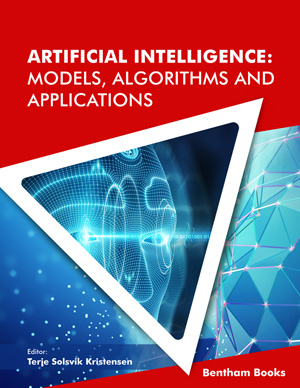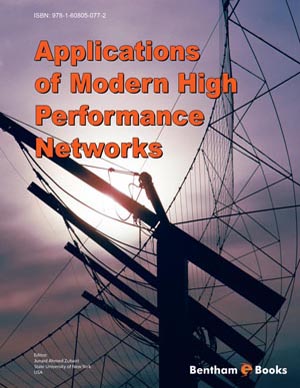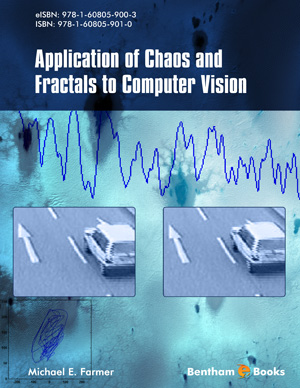Abstract
Spatial structures of anthropogenic origin tend to exhibit complex patterns made up of heterogeneous and irregular objects. While the urban structure is a typical example and has received a lot of attention, the agricultural domain can be included in this group of structures, also inheriting its attendant properties. Complex domains of this kind form a challenge to geosimulation techniques, notably cellular automata (CA). Like Geographic Automata Systems (GAS), Geographical Vector Agents (GVA) have been introduced as a vector geometry alternative to CA, which bases its operations on geographically unrealistic regular cells. Indeed, the geometric element of GAS has already had a GVA-based structure imposed on it, with irregular and dynamic GVAs in particular being explored. Given the irregular nature of both domain and technology, it is this type of GVA that is applied to the modelling of agricultural land use and is reported on in this chapter. A simple theoretical scenario was presented and evaluated, an attempt to parameterise GVA to model von Thünen’s theory of agricultural land use. GVA was found to handle well the irregular geometry and neighbourhood demands as well as the rules and states relating to this hypothetical agricultural scenario.




















